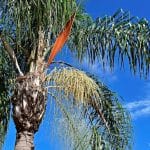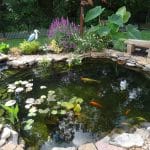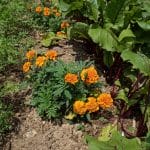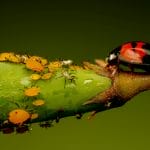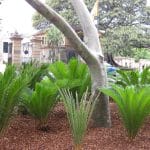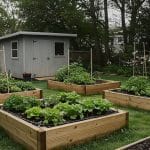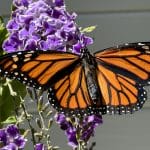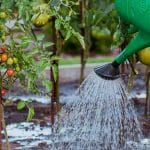Best Pond Fish to Choose Now and Enjoy for Years
Ponds & Water Features
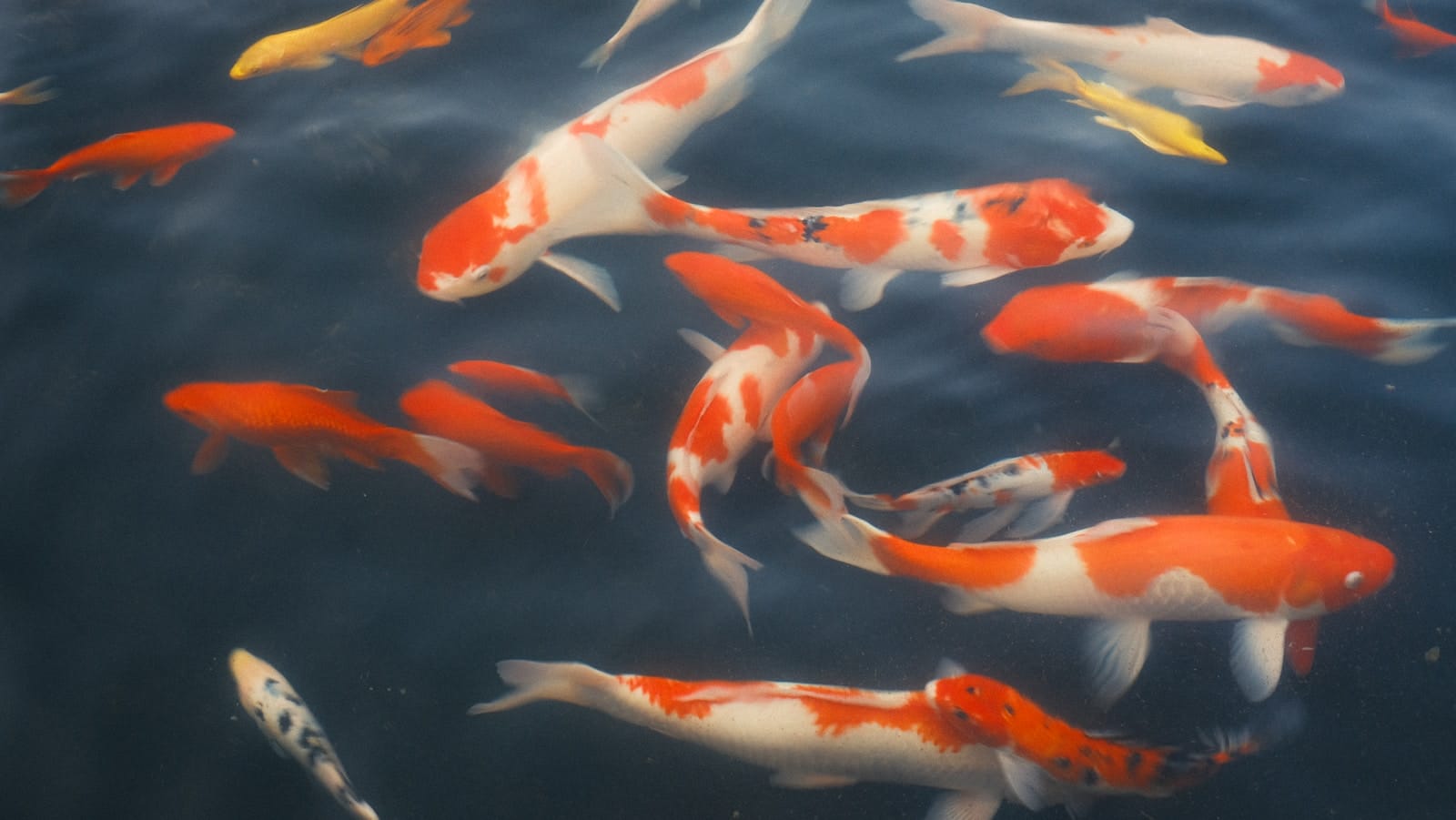
When I built my first pond, I went straight for the showstoppers — the brightest, biggest koi I could find. They looked perfect cruising around the garden center tank, and I figured they’d look just as perfect in my backyard. What I didn’t think about was how much they’d grow, how much they’d eat, and how fast they’d run out of room. Let’s just say I learned the hard way that koi aren’t pocket-sized for long.
Within a few seasons, they were eating like linebackers and bumping into each other every time they turned around.
If I’d known then what I know now, I would’ve started slower and picked fish that fit my pond instead of my daydream.
Step One: Get to Know Your Pond Before You Go Shopping
Think of your pond like a house. Before inviting guests to stay, you need to know how many rooms you’ve got, how big they are, and how often the bathroom clogs.
- Size matters — not just length and width, but depth too. Koi need space, both sideways and downwards, to swim comfortably and stay healthy. Goldfish? They’re happy in smaller quarters.
- Filtration capacity — your filter isn’t just for looks; it’s the life support system. If it’s undersized, you’ll be dealing with murky water and stressed fish before long.
- Plant cover — plants aren’t just for beauty. They give fish shade, hideouts, and help keep water chemistry balanced.
Step Two: Understand the “Too Many Fish” Rule
Plan for about ½ to 3 inches of fish per 9 gallons of water.
So, if you’ve got a 500-gallon pond, you’re looking at a safe range of 10–30 fish — but only if your pond is fully cycled, filtered, and planted well.
Start small. Fish multiply, and ponds have a way of looking emptier than they are when you first add them. Give it a season or two before adding more.
Step Three: Match the Fish to the Space
- Koi — Gorgeous, graceful, but they’re the giants of the pond world. A healthy koi can reach three feet long, and they’ll live decades if cared for properly. They’re best in larger, deeper ponds (20 inches deep at a bare minimum, but ideally closer to 3 feet).
- Goldfish — Hardy, colorful, and content in smaller ponds. They come in all shapes and tail types — comets, shubunkins, fantails — and won’t outgrow your space in a hurry.
- Other options — In warmer regions, mosquito fish or minnows can help with pest control. Just make sure they suit your climate and won’t outcompete your main fish.
Step Four: Feeding Without Fouling the Water
Feed once or twice a day in warm months, less in cooler months. Use floating foods so you can see what’s eaten and avoid waste sinking to the bottom.
Good options:
- TetraPond Pond Sticks – Affordable and digestible.
- Hikari Staple Koi Food – Balanced for growth and clean feeding.
- Blue Ridge Koi & Goldfish Food – Trusted and made in the USA.
Rule of thumb: feed only what they’ll eat in 3–5 minutes. Leftovers = cloudy water and ammonia spikes.
Step Five: Avoiding Water Quality Problems
- Don’t overstock — Too many fish equals too much waste.
- Clean filters gently — Rinse media in pond water, not chlorinated tap water.
- Add plants — Lilies, lotus, and marginals remove nutrients and shade the pond.
- Test regularly — Ammonia, nitrite, nitrate, and pH.
- Treat tap water — Always use a dechlorinator; chlorine and chloramine are toxic.
- Keep the water moving — Pumps and waterfalls boost oxygen and prevent stagnation.
Step Six: Prep the Pond Before You Add Fish
Run your pump and filter first—plant for shade and nutrient control. Treat new water with a dechlorinator. Seed the pond with beneficial bacteria. Test the pH early in the morning for the best reading (aim for around 7.0).
Step Seven: Seasonal Care for Pond Fish
Spring:
Slowly reintroduce feeding with easy-to-digest food like wheat germ pellets. Check equipment and trim plants.
Summer:
Watch for overheating in shallow ponds. Add shade and aeration. Fish will be active and eating more, so watch water quality closely.
Fall:
Reduce feeding as temps drop—net leaves before they sink. Switch to cold-water food.
Winter:
In colder areas, fish slow down and settle near the bottom where the water stays warmer. Keep a small opening in the ice with a floating de-icer or by melting a spot with hot water — never break the ice, the shock can hurt or even kill them. A deeper pond, close to three feet, gives koi and goldfish a much better shot at making it through winter freezes.
Predator Protection
Herons, raccoons, and cats see ponds as free buffets.
- Add floating plants for cover.
- Use pond netting during migration seasons.
- Install motion-activated sprinklers.
- Make pond edges steeper so predators can’t wade in easily.
Acclimating New Fish
Bringing new fish home is exciting, but this is the point where a little patience pays off big. Dump them in too fast, and you can shock them — or worse, introduce problems to your pond.
Here’s how I do it:
First, keep the lights low and the noise down when you get them home. Stress is already high from the trip. Leave the fish in their sealed bag and gently set it to float on the pond surface for about 15–20 minutes. This lets the water in the bag slowly match the pond temperature, so you’re not sending them into an icy plunge or a heat wave.
After that, I open the bag and start mixing in a little pond water every few minutes — maybe a cup or two at a time — throughout 15–20 more minutes. This eases them into the pond’s pH and water chemistry instead of shocking their system.
If you’ve got the space and setup, a quarantine tank is worth its weight in gold. Keeping new fish separate for a couple of weeks lets you watch for parasites, fungus, or other health issues before they can spread to the rest of your pond. I’ve skipped quarantine before and regretted it — one sick fish can cause a chain reaction you’ll spend months fixing.
Common Mistakes When Adding New Fish
- Skipping temperature adjustment – Dropping fish straight into the pond can shock their system.
- No quarantine – Even healthy-looking fish can carry parasites or disease.
- Adding too many at once – Your filter and bacteria need time to adjust to a bigger bio-load.
- Feeding right away – Give them a day or two to settle before offering food.
- Buying from questionable sources – Stress and sickness often start in overcrowded tanks in poor conditions.
- A little patience here saves a lot of headaches later.
Common Fish Health Problems
- Ich (white spot disease) – Treat early with pond-safe medication.
- Fin rot – Often caused by poor water quality. Improve conditions and medicate if needed.
- Flashing or gasping – Signs of parasites or low oxygen.
Beneficial Bacteria 101
They’re the invisible workhorses of a healthy pond. They break down fish waste, leftover food, and plant debris before toxins build up. Add bacteria when starting a pond, after water changes, or after cleaning filters.
Cycling a New Pond
Let your filter and bacteria colony establish before adding fish. This “cycling” process can take 4–6 weeks. Rushing it leads to “new pond syndrome” — high ammonia and nitrites that can kill fish.
Stocking Mistakes to Avoid
- Adding too many fish at once.
- Mixing species with different needs.
- Ignoring quarantine for new arrivals.
Maintenance Schedule
Monthly: Check water quality, clean pump intakes, and prune plants.
Seasonal: Adjust feeding, inspect equipment, and net out debris.
Yearly: Deep clean filters, check liner and seal edges.
Quick FAQ: Choosing Pond Fish
Q: Can koi live in a small pond?
Not for long. They need at least 1,000 gallons for a few adults.
Q: How many fish can I keep?
Use the ½–3 inches per 9 gallons guideline and stock slowly.
Q: Can I mix koi and goldfish?
Yes, if the pond is big enough.
Q: Do I need a filter if I have plants?
Yes. Plants help, but they can’t handle all the fish waste.
Choosing pond fish is a lot like planting a garden — pick the right thing for the space you’ve got, give it care, and you’ll be rewarded for years. Stock your pond slowly, keep the water healthy, and your mornings will be spent sipping coffee while your fish glide under the lily pads instead of troubleshooting problems.
Share this post
Table of Contents
- Step One: Get to Know Your Pond Before You Go Shopping
- Step Two: Understand the “Too Many Fish” Rule
- Step Three: Match the Fish to the Space
- Step Four: Feeding Without Fouling the Water
- Step Five: Avoiding Water Quality Problems
- Step Six: Prep the Pond Before You Add Fish
- Step Seven: Seasonal Care for Pond Fish
- Predator Protection
- Acclimating New Fish
- Common Mistakes When Adding New Fish
- Common Fish Health Problems
- Beneficial Bacteria 101
- Cycling a New Pond
- Stocking Mistakes to Avoid
- Maintenance Schedule
- Quick FAQ: Choosing Pond Fish
All categories
More From The Garden
Disclosure: This post may contain affiliate links. That means if you click and buy, The Bright Garden may earn a small commission, at no extra cost to you. We only recommend products we’ve vetted and believe will benefit our readers.

